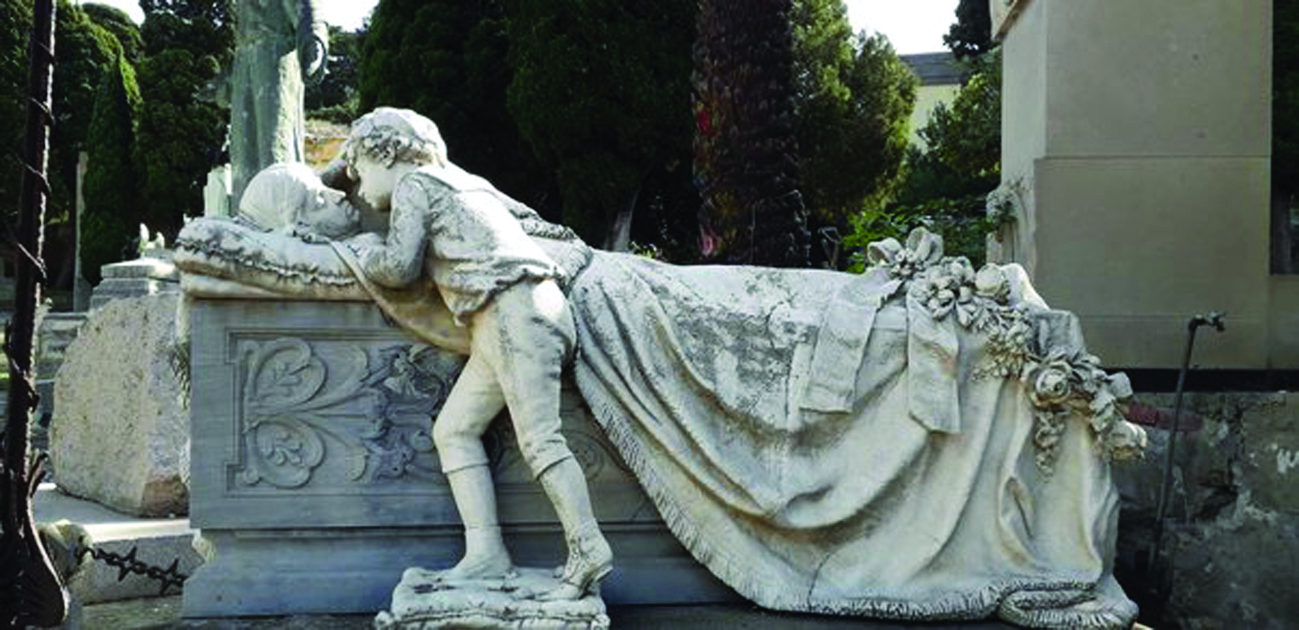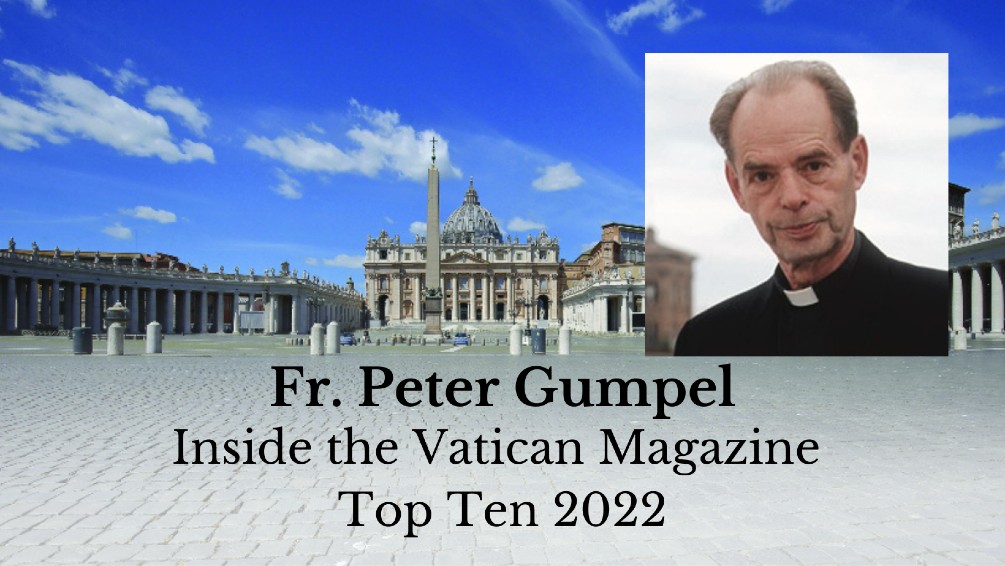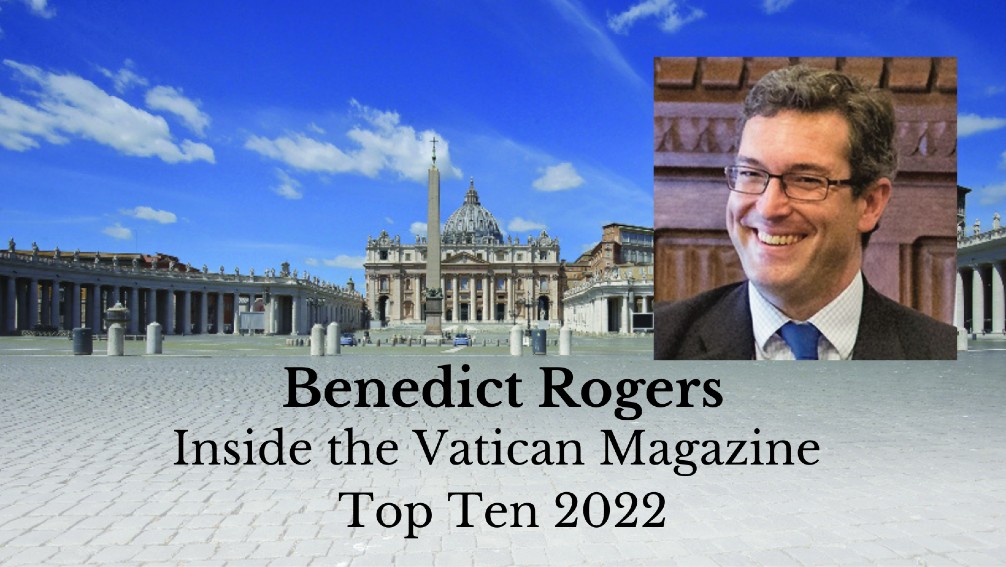VATICAN LIBRARY PHOTO ALBUMS
Among the precious volumes and manuscripts of the Biblioteca Apostolica Vaticana (Vatican Apostolic Library) there is one little-known but fascinating and unique collection of photographs from the early years of photography and the beginning of the last century. Thanks to the academic contribution of American researcher SANDRA S. PHILLIPS, for the first time, some of these photos have been published in a handsome volume under the title The Papal Collection of Photographs in the Vatican Library.
Phillips presents the social and historical aspects of the papal collection.
The Gabinetto delle Stampe (Printed Materials Department) holds about 200,000 photographs, mostly gifts to the Popes. The first photographs started arriving at the Vatican in the first decades after photography’s invention in the mid-1800s.
Pius IX promoted photography by sponsoring numerous campaigns and by using photography in important ways.
Images present the life and customs of the Church of Rome, documentation of the main celebrations and events in the Roman Curia, archeological excavations, especially in Rome, and the topography of the city of Rome and the Papal States.
The number of photographs grew under the following Popes. But there is also another unique part: a prestigious collection gathered by Count Karol Lanckoronski of photographs presenting views of many cities and their monuments. This collection has been presented by ANNA MARIA VOLTAN in another volume: One Hundred Images of the Nineteenth Century from the Photographic Collection of the Vatican Apostolic Library.
The special collection came to the Vatican Library as a gift of the Polish Academy of Sciences in Rome.
These two volumes have appeared under the guidance of Barbara Jatta (photo), the Library staff person in charge of the collection.
Current computer cataloguing aims to add the photographs to the Library website, www.vaticanlibrary.va, to allow a wider public to consult the collection.
The photographic collection includes works by esteemed photographers such as Carlo Naya, Enrico Verzaschi, Giorgio Sommer, and from photographic studios such as Alinari, Anderson, and Brogi, and traveling photographers such as Antonio Beato, Pascal Sebah, Felix Bonfils, and Adolphe Braun, the distinguished Swiss photographer who photographed the entire Sistine Chapel and Raphael’s Loggias in the best quality of black and white photography for that time, making these photos a precious document for the future.
The papal collection of photographs included documents from Latin America to India, from the churches of Brooklyn to those of the American Midwest, from Formosa to Ceylon, from Mexico to Pisa, from the earthquake in Calabria to the destroyed cathedral in Cologne, from the bombings of Monte Cassino to the Armenian refugees arriving in Damascus in 1921, from the signing of the Lateran Treaty in 1929 to the construction of the Christ on top of Corcovado Mountain in Rio de Janeiro.
Both volumes may be ordered online through the Vatican Library website.
(Anna Artymiak)
POPE AND OLYMPIC GAMES
BENEDICT XVI expressed his hope that the Summer Olympics would help bring peace and reconciliation throughout the world.
The Olympic Games, held this year in London, are “the greatest sports event in the world,” drawing athletes from the myriad nations of the world to one city, the Pope told visitors gathered to pray the Angelus with him July 22 at the papal villa in Castel Gandolfo.
The games have “important symbolic value,” and for that reason the Catholic Church looks to them “with special fondness and attention,” he said.
“I send greetings to the organizers, athletes and spectators alike, and pray that, in the spirit of the Olympic truce, the good will generated by this international sporting event may bear fruit, promoting peace and reconciliation throughout the world,” he said. The pontiff said he prayed the Olympics would be “a true experience of brotherhood between all peoples on earth.”
He also gave his blessings to all those taking part in the games, which began July 27.
CURIOSITY
Germans are known for being punctual, so perhaps it should be no surprise that Pope BENEDICT XVI was the first person signed up for World Youth Day 2013.
Registration officially opened August 28, and, according to organizers, the Pope was the first pilgrim to be registered for the event, which will be held in Rio de Janeiro July 23-28 next year.
Organizers said that more than 220 groups of young people from five continents signed up in the first 24 hours after registration opened. Pilgrims from the United States, Canada, Australia, China, Aruba and the United Arab Emirates were among the first of the early registrants.
A VOICE FOR CHRISTIANS IN MIDDLE EAST
Vatican Radio’s Arabic program is headed by Lebanese Father JEAN PIERRE YAMMINE of the Mariamite Order, a monastic order in the Catholic Maronite Church. He was in Beirut for Pope Benedict XVI’s weekend visit to Lebanon September 14-16. Fr. Jean Pierre says “the Pope’s visit to Lebanon is a visit of hope, not only for Catholics, but for all the Lebanese, whether they be Christian or Muslim, and for the whole Middle East; it’s a message of peace and love.”
ANNIVERSARY OF MOTHER TERESA’S DEATH
A Mass on September 5 in the ancient church of Santa Maria alla Navicella marked the 15th anniversary of MOTHER TERESA OF CALCUTTA’s death in 1997.
The solemn liturgy was presided over by Cardinal Angelo Comastri, archpriest of St. Peter’s Basilica, in a packed church, and enriched by the polyphonies of the superb choir of the diocese of Rome. A photo of Blessed Teresa of Calcutta was situated in the sanctuary area.
After Communion, one of the Missionaries of Charity said that “Mother Teresa’s message to each one of us is: the Creator is thirsty for your answer of love. Mother exhorted us Sisters with these words: love one another as God has loved you, because love is the foundation of the meaning of life, and where there is love, there is God.”
At the end of the Mass two reliquaries were exposed with relics of Mother Teresa that the faithful were able to venerate; then two Sisters handed out small cards each containing a little medal and a phrase of the Albanian Blessed who lived and worked in India.
Today the Missionaries of Charity number more than 50,000, and they have almost 700 houses.






Facebook Comments